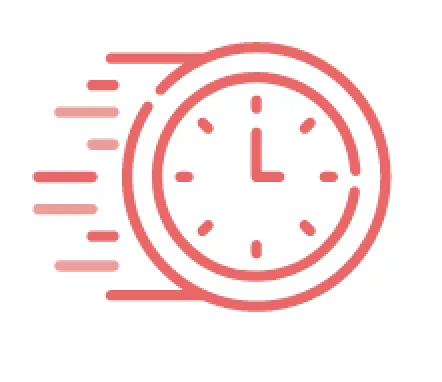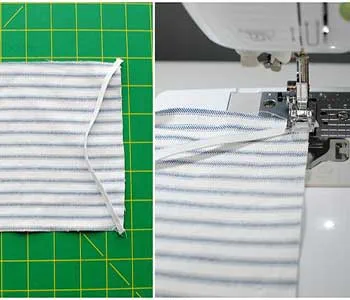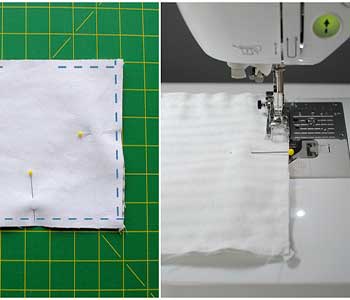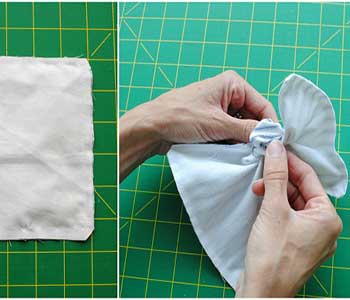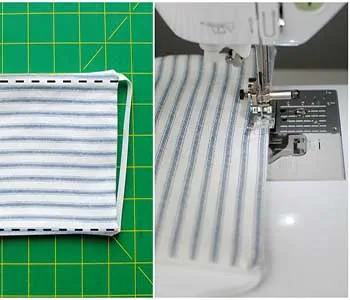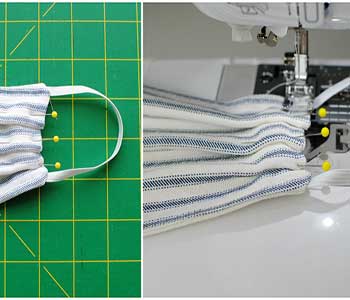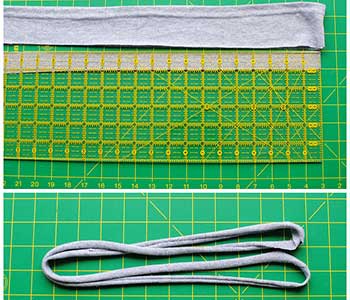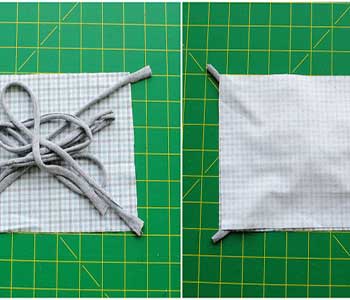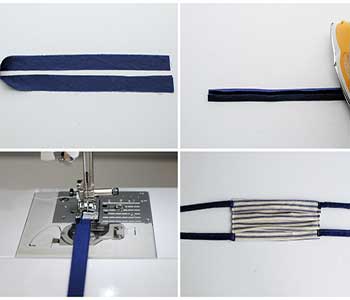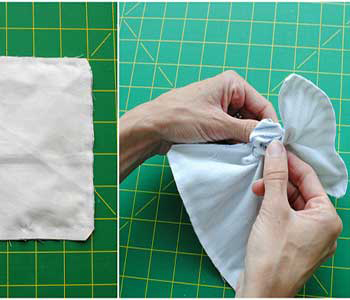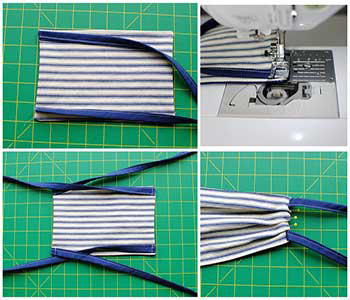
How to Sew a Simple Fabric Face Mask

Supplies
- Tightly woven cotton or alternatives (Batik, cotton duck)
- ¼” – 1/8” elastic or alternative options (knit jersey cut in strips, self-made fabric straps, or bias tape)
- Sewing Machine, such as the Brother SE1900
- Basic cutting and sewing notions
Cutting
Standard/Adult:
● Fabric: 2 by 6″ x 9″ ● Elastic: 2 x 7″ strips ● Fabric Straps: 4 x 20″
Children: Ages 8-13
● Fabric: 5” x 7 ¾” ● Elastic: 6.5” strips
Children: Ages 3-8
● Fabric: 5” x 7” ● Elastic: 6 ¼” strips
Step 2
Step 3
For the Alternative Jersey String Face Mask
With this variation, you can substitute a basic jersey cotton t-shirt or any knit fabric for the elastic.
Step 1
For the Alternative Fabric Strap/Bias Tape Mask
Another option can be made with fabric straps. You can use bias tape, a bias tape maker, or fabric-made straps.
Step 1
Step 2
Finally, keep in mind that there are many options—and no right or wrong way—to create a homemade face mask. Experiment with different fabrics, colors, patterns, and materials to find the combination that works best for you. For general information on mask making, check out How to Make a DIY Mask.
- Cloth face masks have not been proven to provide effective protection against the spread of viruses. Visit the CDC for more information.
- Cloth face coverings should not be placed on young children under age 2, anyone who has trouble breathing, or is unconscious, incapacitated or otherwise unable to remove the mask without assistance.

